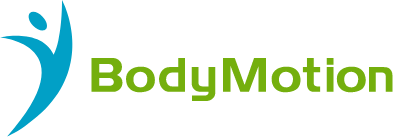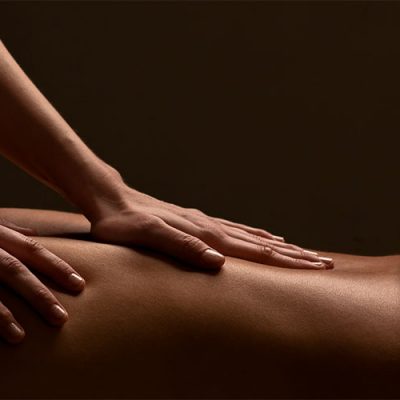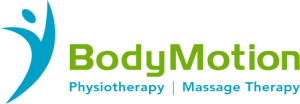There is tension in our fast-paced world, no matter where you turn. Workplace, emotional, physical, and other types of stress can negatively impact your overall well-being. You may have increased muscle tension, aches, and pains as a result, as well as other symptoms.
You’ll likely feel mentally fatigued in some cases, with problems across focus or creativity, anxiety, exhaustion, or emotional stress. Unfortunately, these are all expected consequences of the day-to-day lives we lead in the modern world, but there is help available – in the form of massage therapy.
The best relaxation massage is a mild style that uses long strokes, kneading, deep circular movements, vibration, and tapping to help rest and invigorate your body. While all techniques can be soothing, this one, in particular, is used for a diverse range of symptoms.
First, what are the benefits of relaxation massage?
The best relaxation massage removes stress and muscle tension, leaving you feeling relaxed and rejuvenated. It accomplishes this due to the usual advantages of this form of therapy: it enhances circulation and blood flow, allowing more oxygen to reach your organs and skin, and it aids lymphatic drainage.
Aside from that, you can also enjoy:
- Improved creative thinking
- The feeling of a more positive outlook
- Improvements in mental fortitude
- Better pressure-handling skills
- Boosted immune system.
When receiving this type of therapy, it must be done practically, safely, and hygienically. For this reason, we recommend always opting for professional physiotherapy.
Relieving back aches
Back pain or muscle contractions – sometimes known as knots – can be caused by poor posture, sudden effort or stress at work. This type of tension can be released through gentle massaging and only takes a few minutes to feel relief.
Directions for an at-home remedy: Move your body up and down, then make circular movements with a small ball between your back and the back of the chair. Repeat these moves in various parts of your back, avoiding the spine.
Ease neck and nape tension
The pain we experience in our necks can range from mild to severe. If you fall into the second category, we recommend seeing a specialist to rule out a major medical problem.
Neck stiffness and pain usually go away fast, and the most common causes are sleeping in a position that strains the muscles, sports injuries, poor screen posture, or severe stress. If you’re after a quick at-home pain-reliever, you can try this easy technique:
- Place your right hand on the back of your neck and extend your right arm in front of your chest.
- With your head tilted to the opposite shoulder, glide your fingers down the imaginary line that runs from the base of your head to your shoulder.
- Repeat with your left arm, and then repeat with your right arm.
- Place your fingers on both sides of your spine and your wrists at the base of your neck.
- Massage the muscles, then draw up and press with your fingers.
- Repeat on the other side of the neck and shoulders.
- Apply little pinches to the muscles at the nape, then stretch them while providing pressure with your palms and fingers.
- Repeat the process.
The best relaxation massage for the chest and pecs
You most likely have trigger points in your pectoralis muscles if you have rounded shoulders from sitting at a computer all day or from poor posture.
To remedy this issue, we recommend seeking support from our team. You can also try the Theracane, which is effective at reducing pain and restoring shoulder posture. It does so by releasing these trigger points.
Directions: Take the Theracane’s hook and place the knob in the grove directly below your collarbone. To aid release the trigger point, apply downward pressure to the hook. To work the entire muscle, move the hook to provide pressure at different angles. Perform on both sides
The perfect option for facial discomfort
Facial massage is a technique that aims to stimulate the dermal and muscular skin tissue to maintain its elasticity and firmness while also making the area appear more relaxed and radiant. If you’re looking for a way to try this at home, the following instructions demonstrate an appropriate technique for this form of therapy.
Directions:
- Use both straight and circular motions to move your fingers up your face. Repeat.
- Using the palm of your hand, massage outward toward your temple from the centre of your forehead. Repeat.
- Lightly press your hands on your brow.
- Tap your fingertips gently on the bone, following the contour of your eyes, to create the eye contour.
- Repeat.
- Using your fingertips, draw circles upward around your nose’s flippers. Repeat the movement.
- Give yourself a gentle pat on the back – you did it!
For the wrists and muscles
We utilise our hands for virtually everything, but we often forget to give them some rest now and then. This sort of self-massage is particularly appealing before or after physically demanding exercises. You can also try this one at home if you’re after a simple technique.
Directions:
- To relax the area, gently slide your palms from the centre of your hand to your fingers. Repeat.
- Put your thumb on your palm’s muscular area and perform circular movements with light pressure.
- You can do the same thing with your thumb or knuckles.
- Run the tendons from the back of your hand to the insides of your fingers using your index finger. Repeat.
- Release the tension by gently squeezing your hand across your back from side to side. Repeat.
- Make a ring with your fingers and press finger to finger.
- Finally, move your hand slowly up and down, from your wrist to your fingertips.
If you’ve never had a relaxation massage before, the choices can be bewildering. Because each technique is tailored to a unique need, we always recommend enlisting the help of a physio for further support and guidance.
If you’d like to book an appointment with our friendly team, get in touch and we’ll help you relieve that nagging discomfort or tension.



